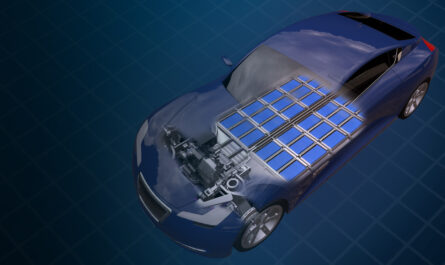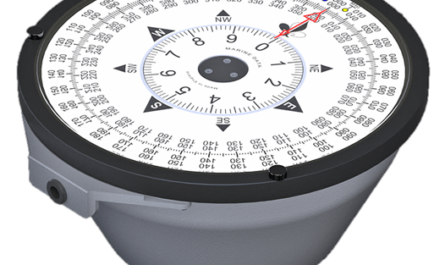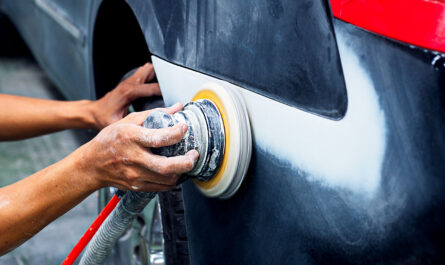
Introduction to Track Systems
All tracked vehicles, whether it be tanks, bulldozers or excavators, require a track system to provide traction and support the weight of the vehicle. There are two main types of track systems used – steel tracks and rubber tracks. Both have their advantages and disadvantages depending on the operating conditions and intended use of the vehicle.
Steel Tracks
Steel Tracks and Rubber Tracks have been used extensively on tracked vehicles for many decades. They are made of heavy-duty steel links connected in an endless loop. Some key characteristics of steel tracks include:
– Durability: Being made of tough steel, these tracks can withstand high loads and pressures extremely well. Their lifespan is usually measured in hundreds of hours of operation.
– Good Traction: The pin-linked steel tread provides excellent traction on most surfaces, even in muddy or slippery conditions. This makes steel tracks suitable for heavy-duty work in challenging environments.
– Low Cost of Material: Steel is relatively inexpensive to produce which keeps the material cost of steel tracks low. However, they require more frequent replacement.
– High Ground Pressure: Due to their heavy weight, steel tracks exert high ground pressure which can damage surfaces like lawns easily.
– Noise: Steel tracks tend to be noisier during operation due to metal-on-metal contact between individual track links.
– Repair/Replacement: Damaged sections of steel tracks need to be cut out and replaced, requiring downtime for the vehicle. Full tracks need periodic replacement.
Rubber Tracks
As the name suggests, rubber tracks use rubber compounds in their construction instead of steel. The main characteristics of rubber tracks include:
– Shock Absorption: The elastic rubber material absorbs shock and vibrations better than rigid steel tracks. This provides a smoother, more comfortable ride.
– Low Ground Pressure: Being lighter, rubber tracks exert much lower ground pressure of typically half of steel tracks. This protects surfaces.
– Quiet Operation: The rubber material is quieter during operation with less noise from track movements.
– Good Traction: Modern rubber track designs provide excellent traction capabilities comparable to steel tracks.
– Durability: With proper care, rubber tracks can last hundreds of hours before replacement depending on work conditions.
– Repairability: Individual rubber track plates or pads can be replaced easily without removing the whole track if damaged.
– Higher Material Cost: Rubber tracks are more expensive to produce than steel tracks due to the cost of rubber compounds.
Applications of Steel and Rubber Tracks
Based on the advantages and limitations of steel and rubber tracks, different industries prefer one over the other for specific vehicle and work applications:
– Construction: Steel tracks are predominant in heavy earthmoving equipment operating under severe conditions due to their high load-bearing capacity.
– Forestry: Rubber tracks are usually fitted on forestry vehicles like feller bunchers or forwarders working on sensitive forest floors. They inflict less damage.
– Agriculture: Rubber tracks see increasing adoption on agricultural tractors and harvesters working on farms due to their low ground pressure and cushioned ride.
– Military: Steel tracks dominate in military tanks and armored vehicles which prioritize durability, load capacity and traction over comfort.
– Mining: Both steel and rubber tracks are used depending on the specific mining conditions, with rubber gaining ground where vibration isolation is important.
– Snow Removal: Rubber tracks are very common on snow groomers and snowcats working on frozen lakes or mountain slopes where steel tracks could damage surfaces.
Overall, Steel Tracks and Rubber Tracks remain the default choice for heavy-duty applications requiring maximum strength and longevity. Rubber tracks are replacing them gradually in applications where surface protection and vibration damping take precedence over raw durability. The selection depends on balancing the operational needs with the advantages of steel tracks and rubber tracks system.
*Note:
- Source: Coherent Market Insights, Public sources, Desk research
- We have leveraged AI tools to mine information and compile it



